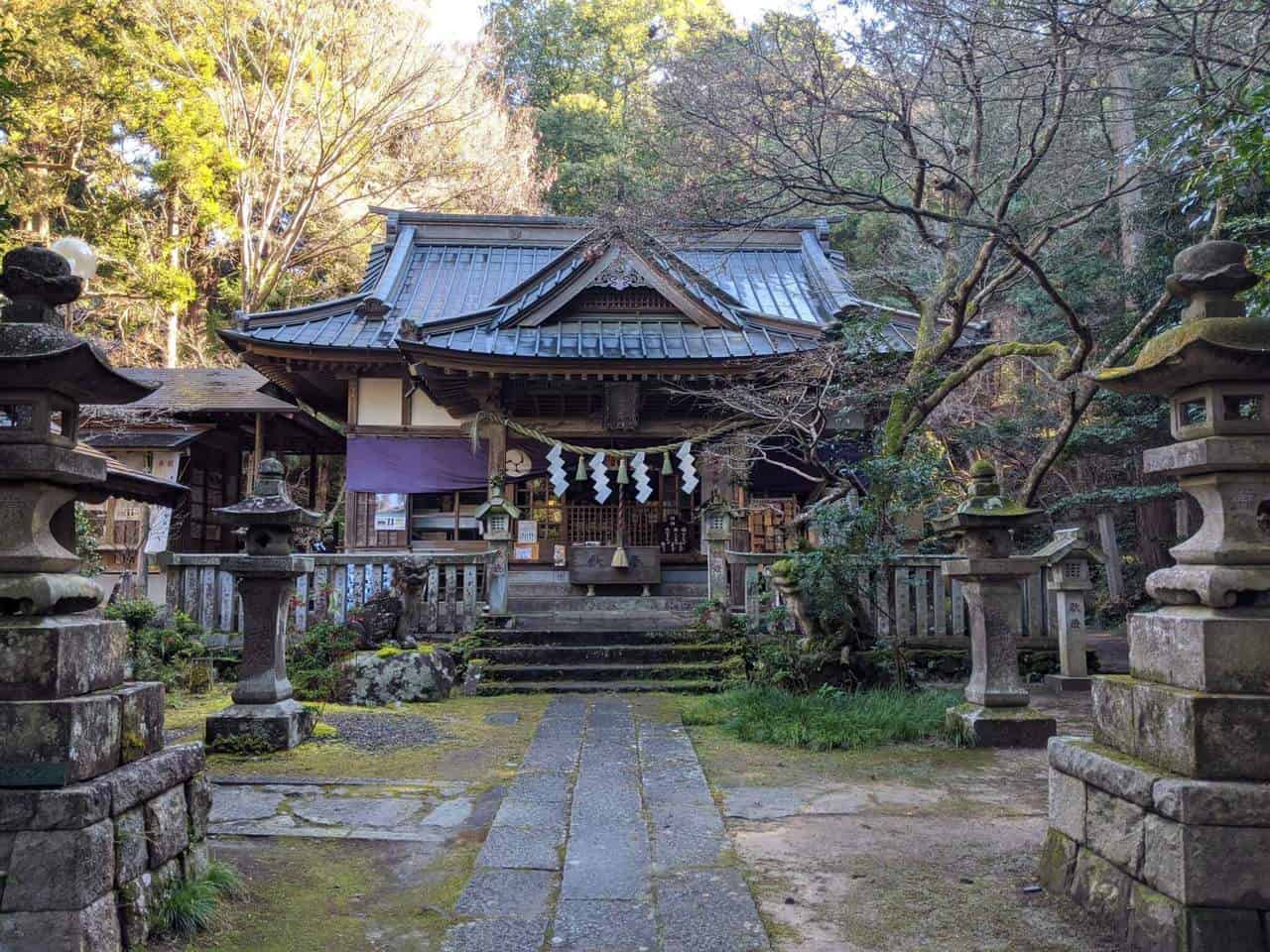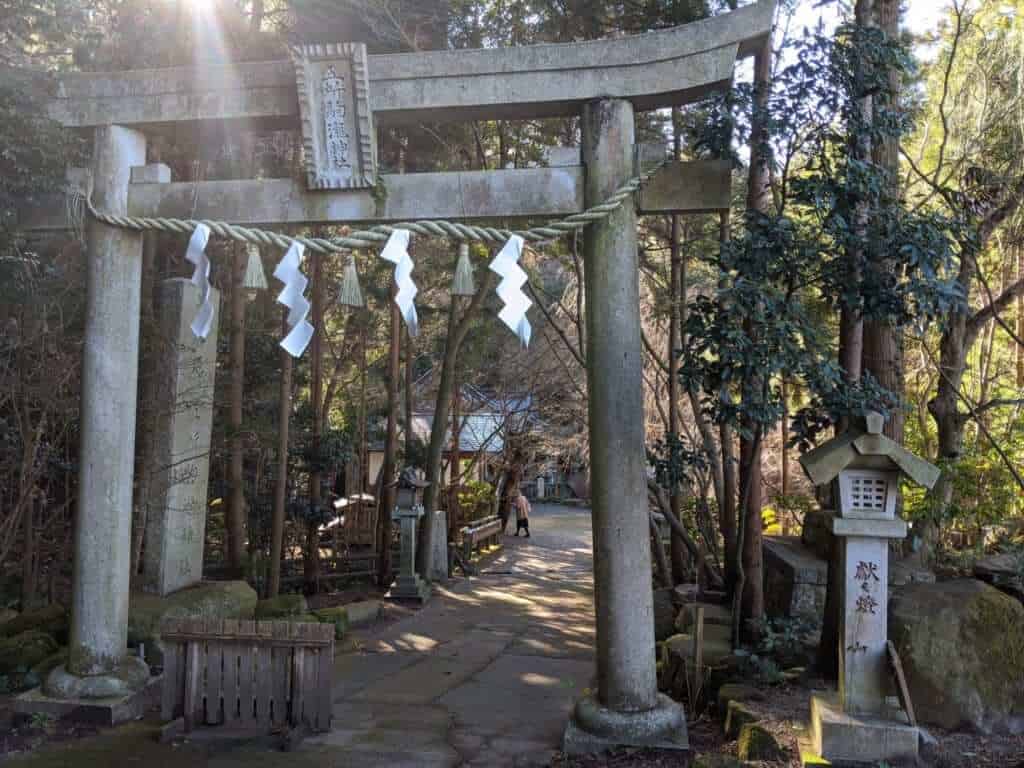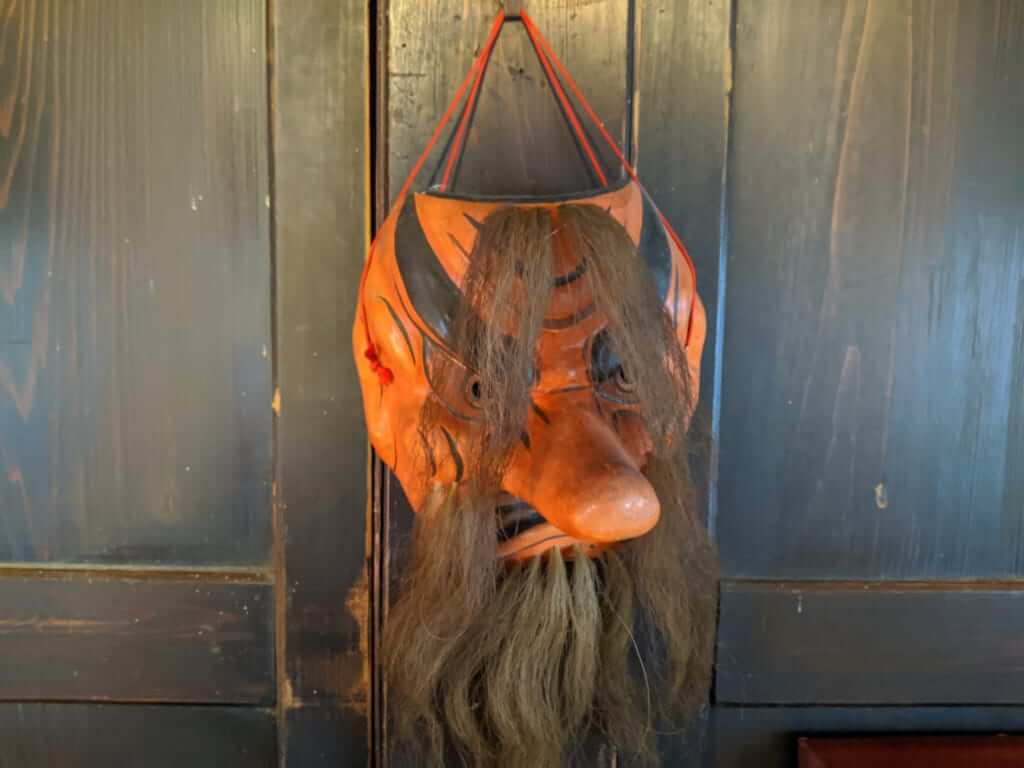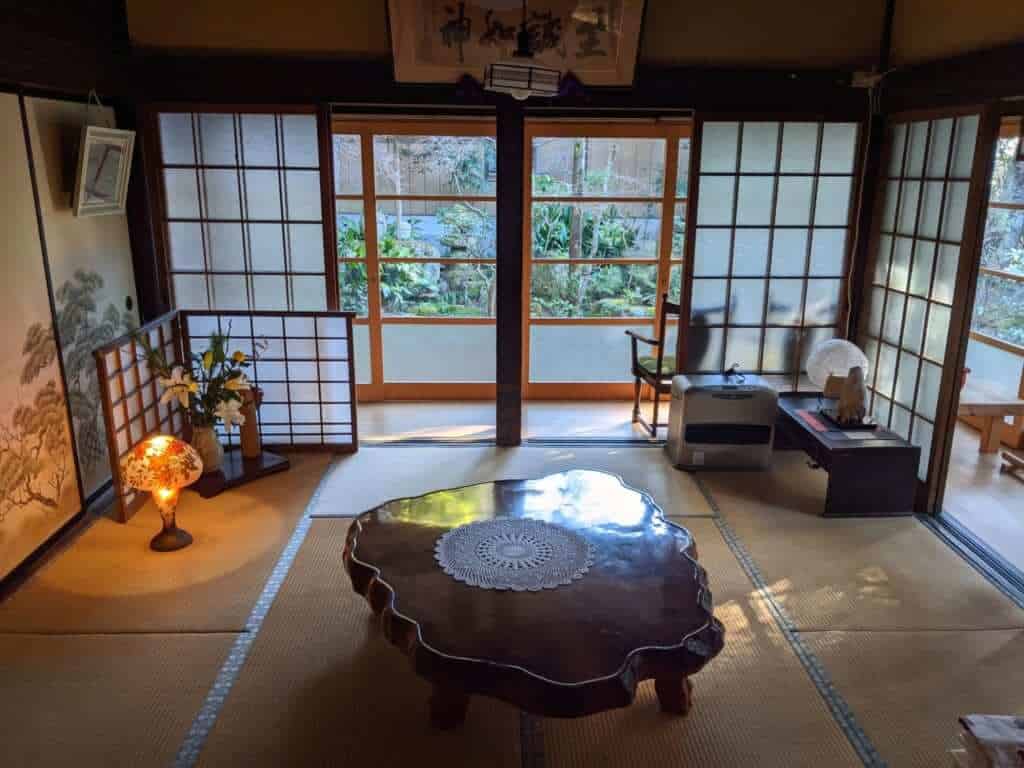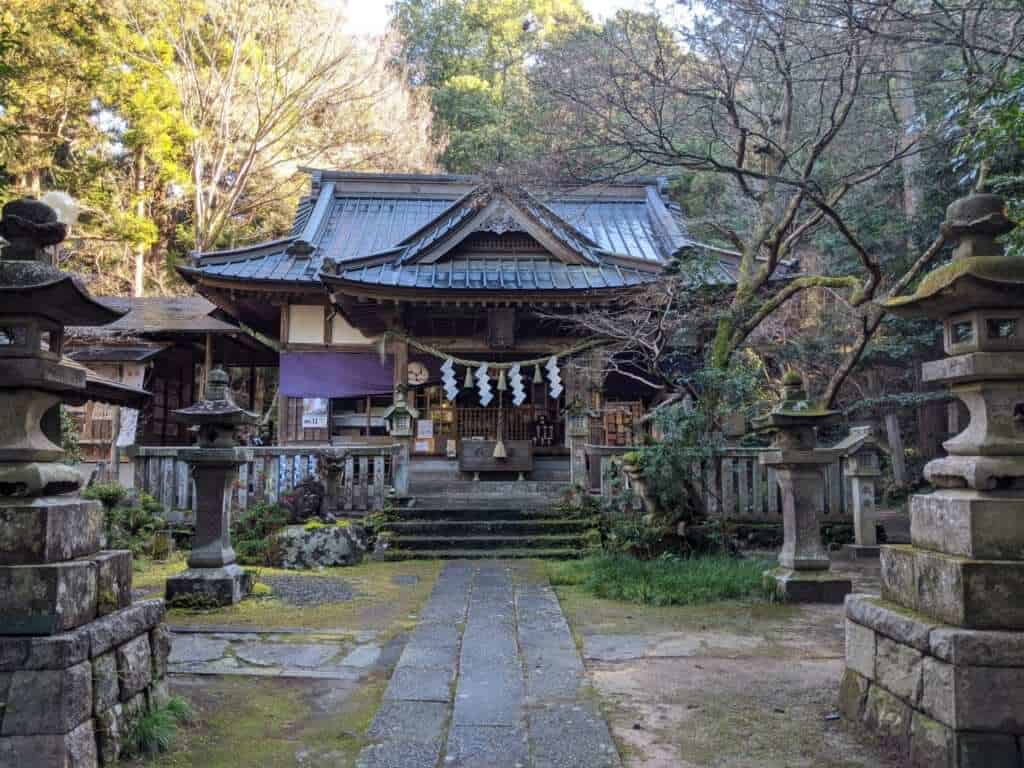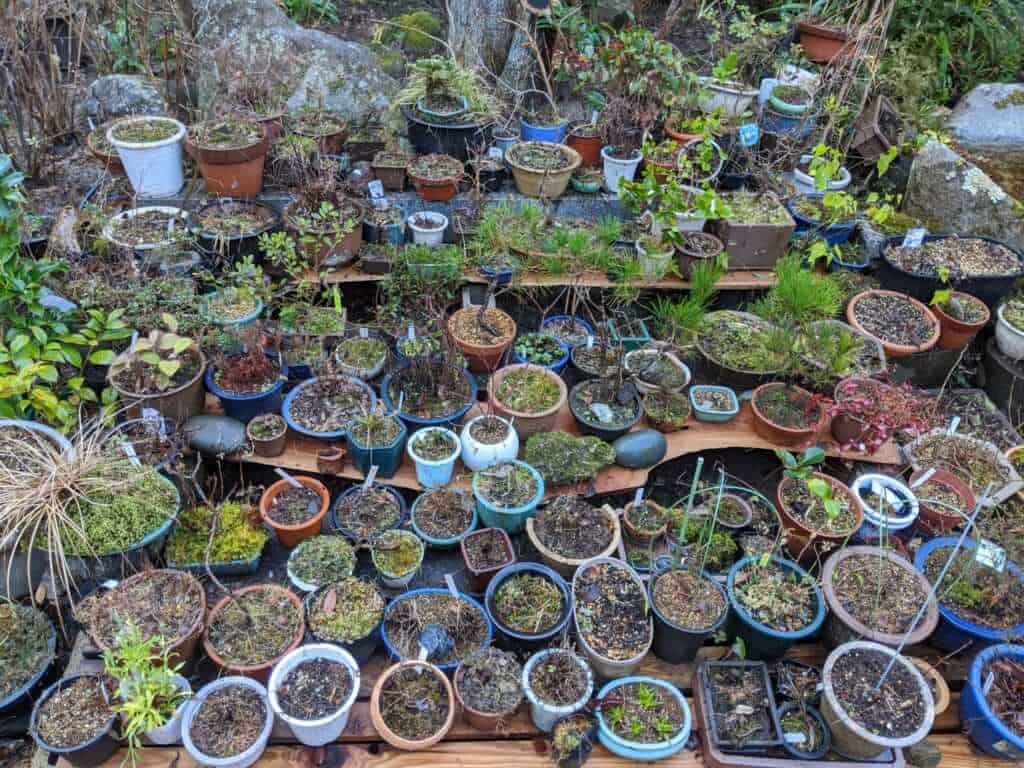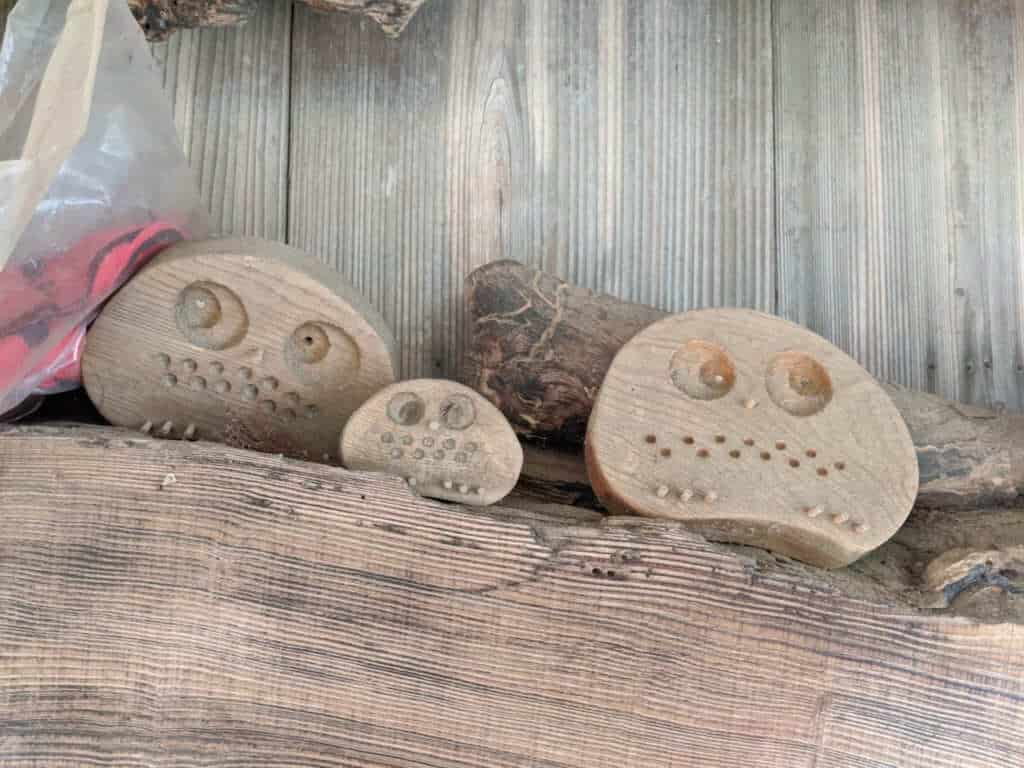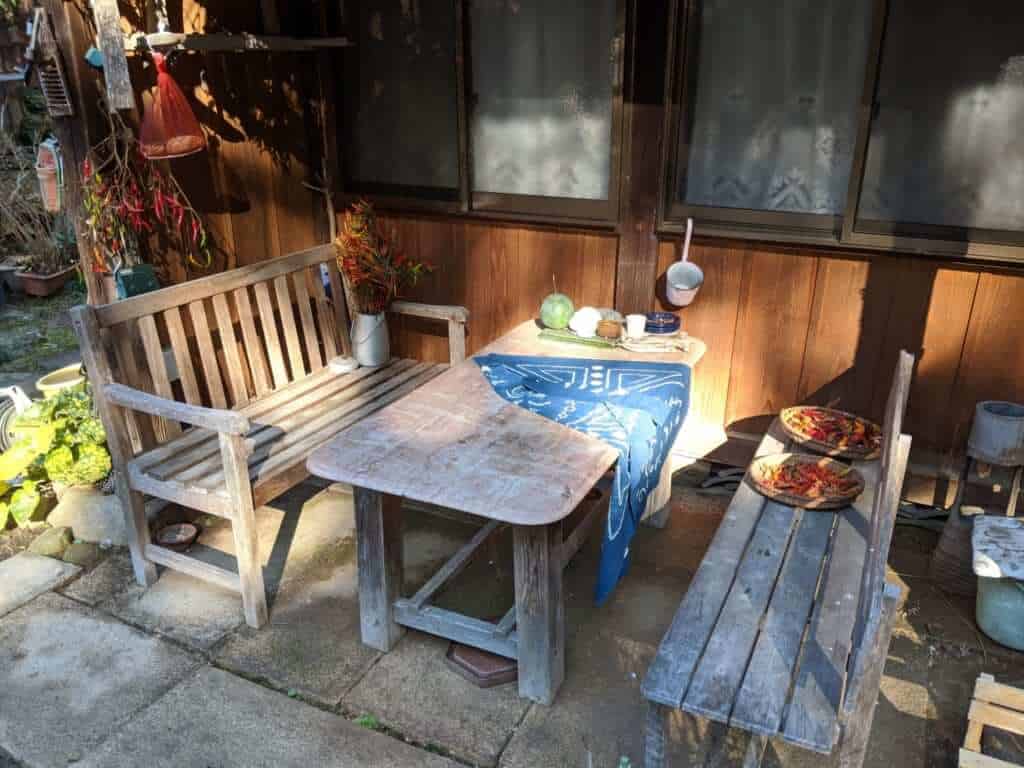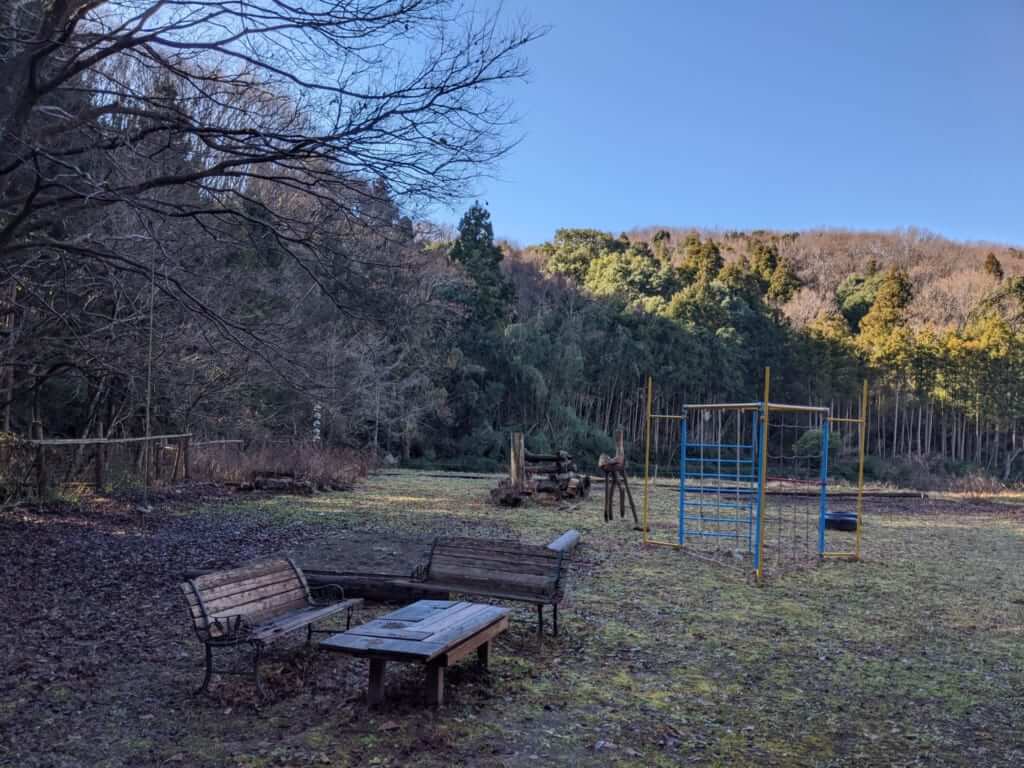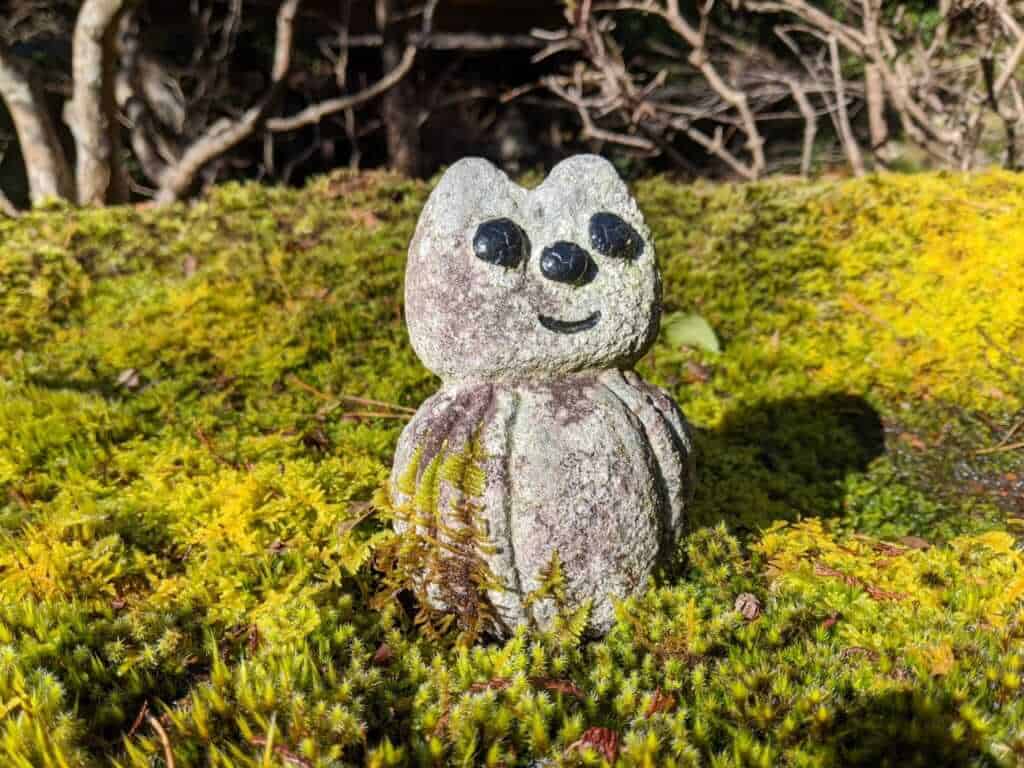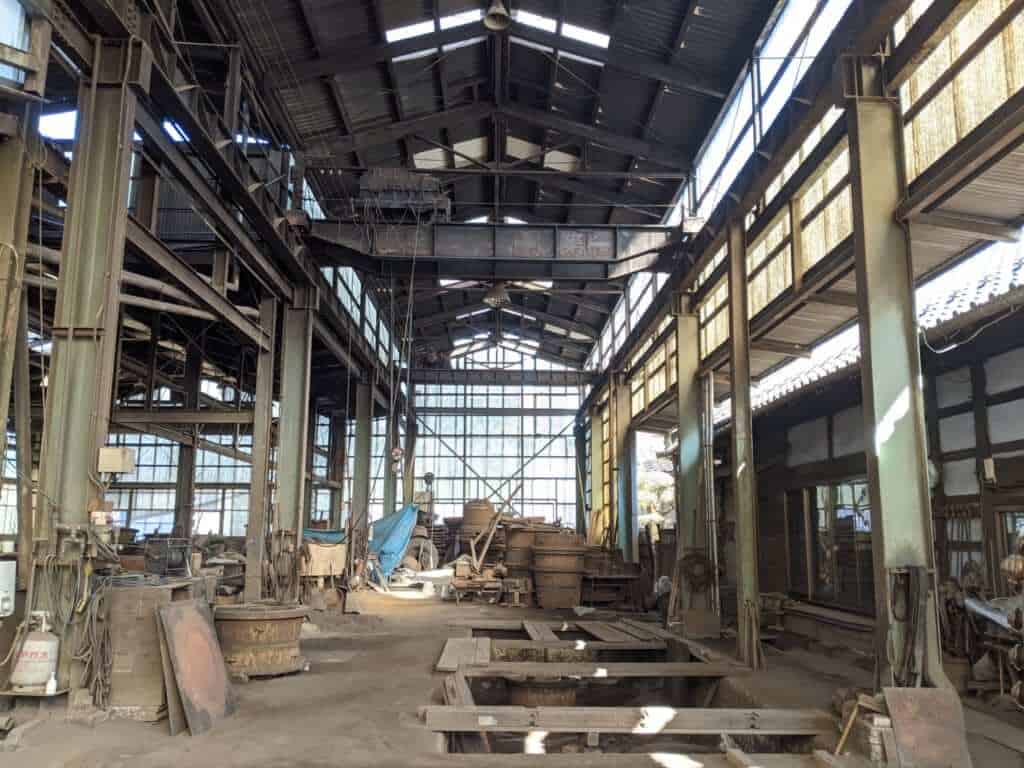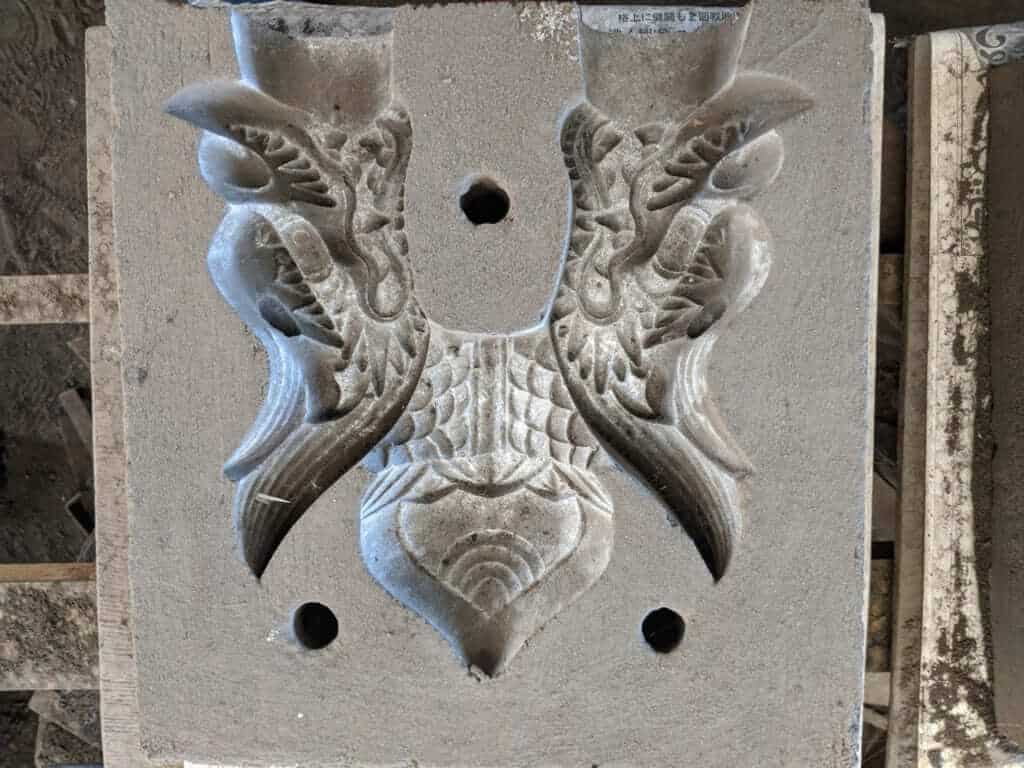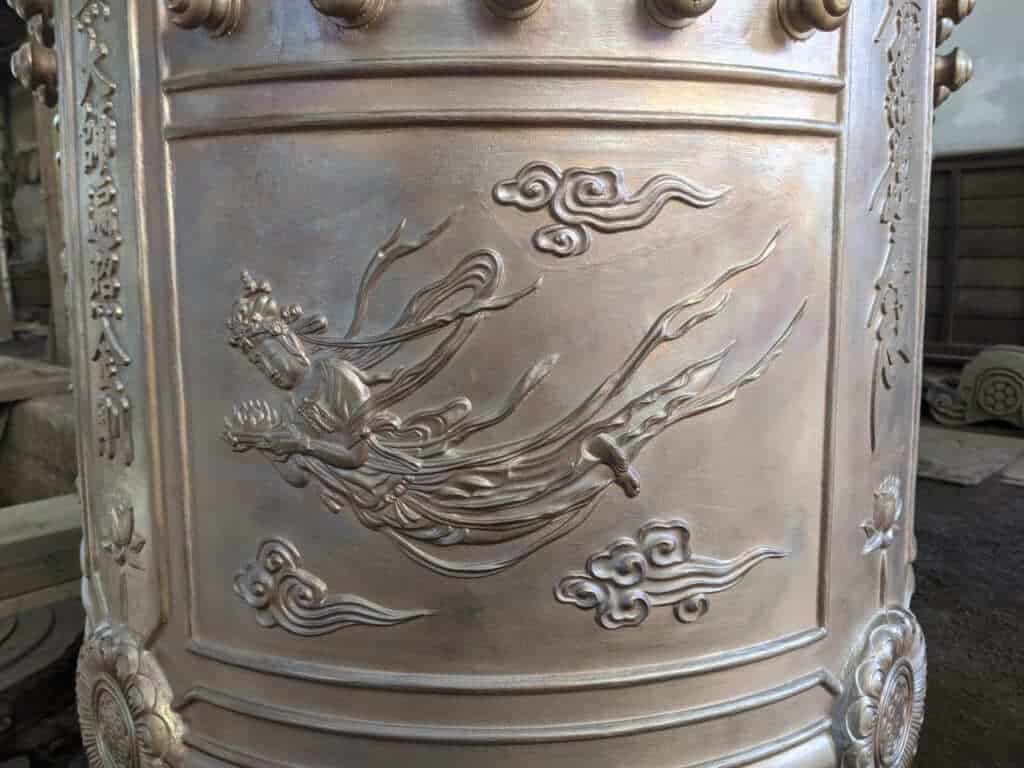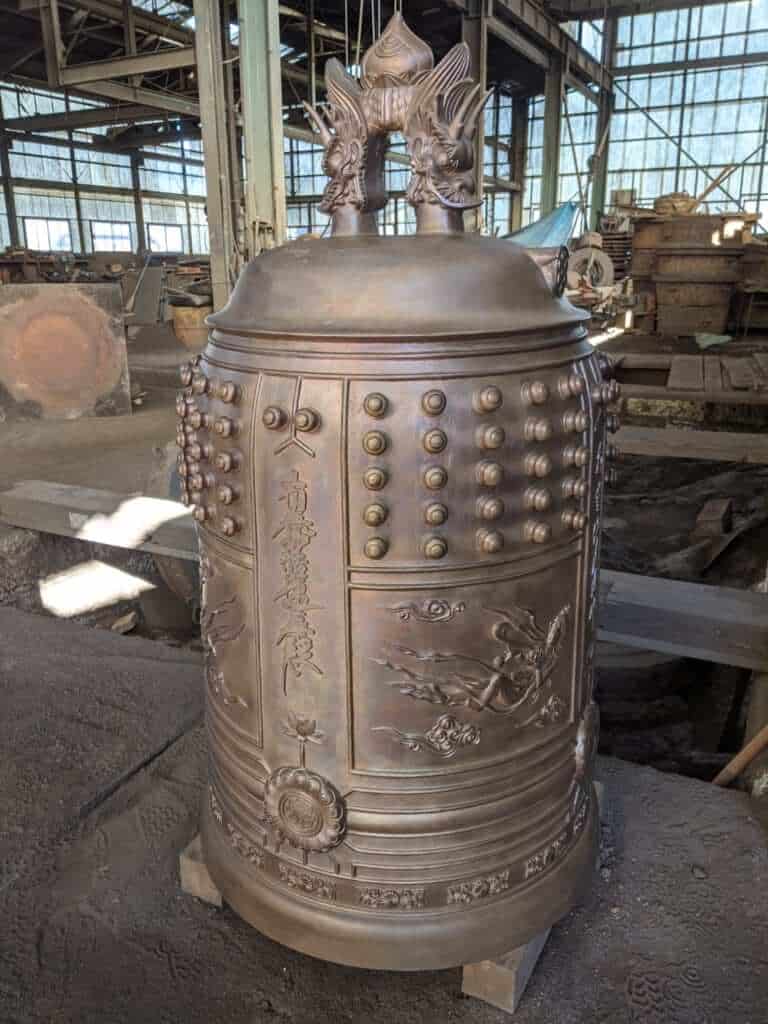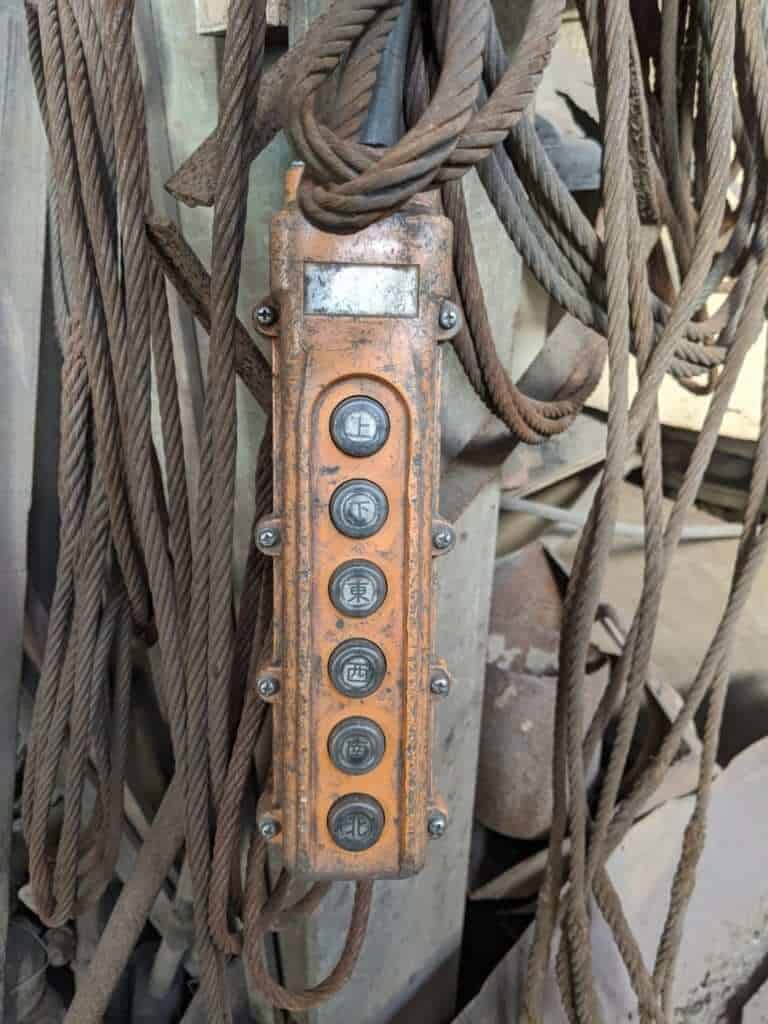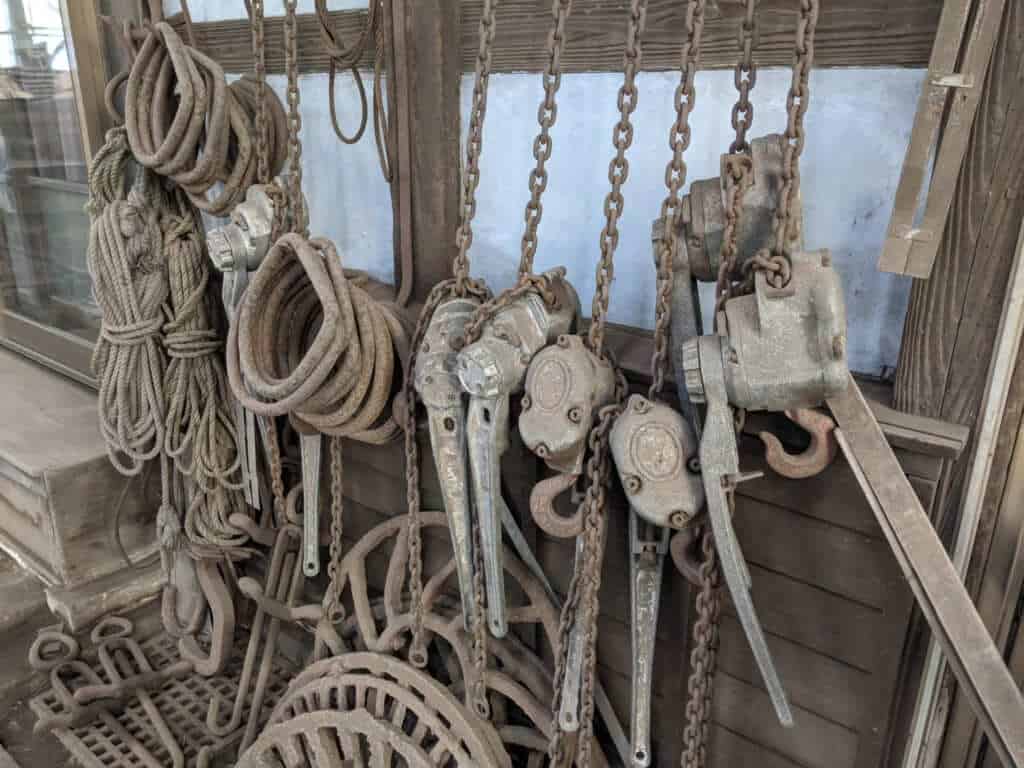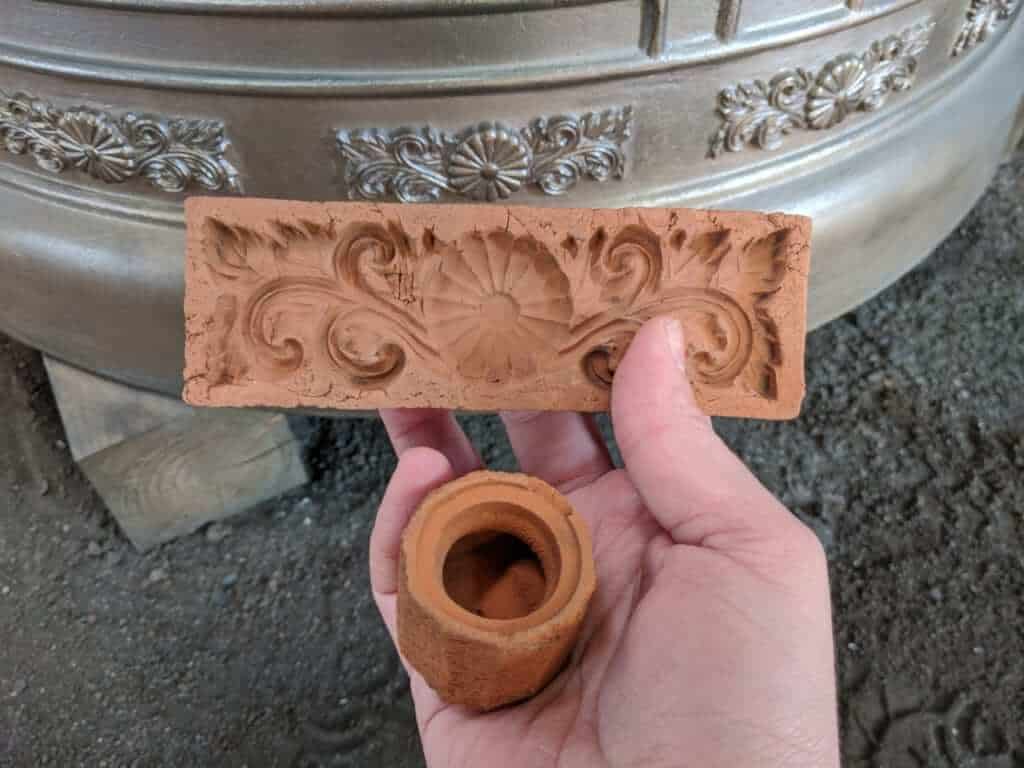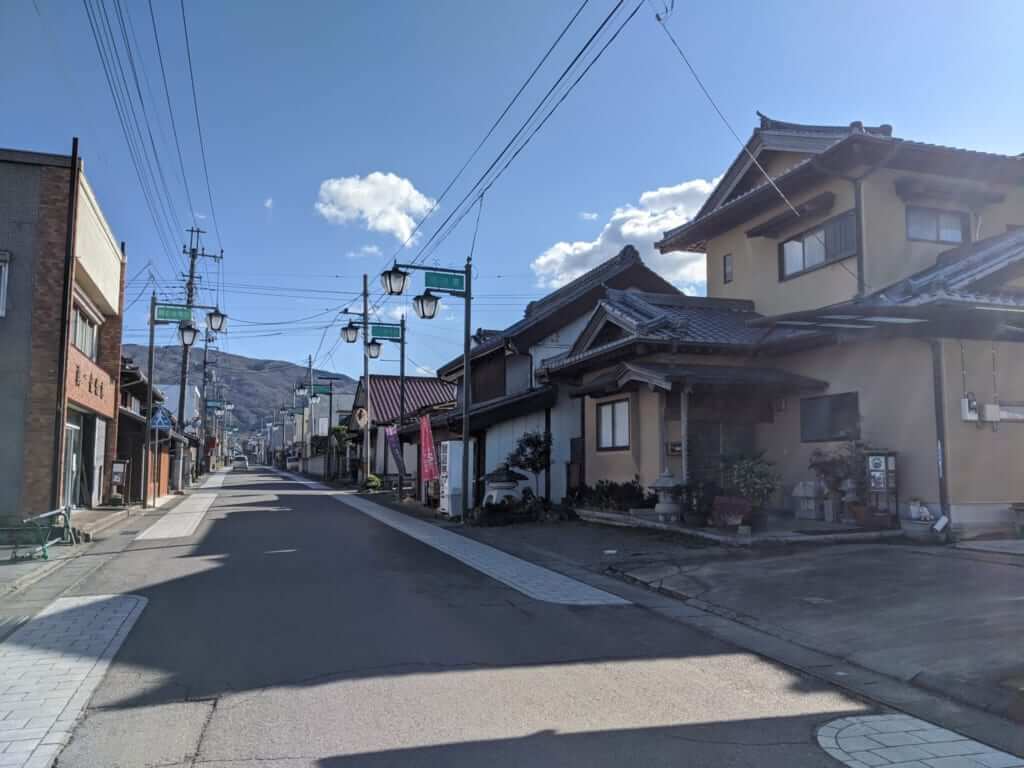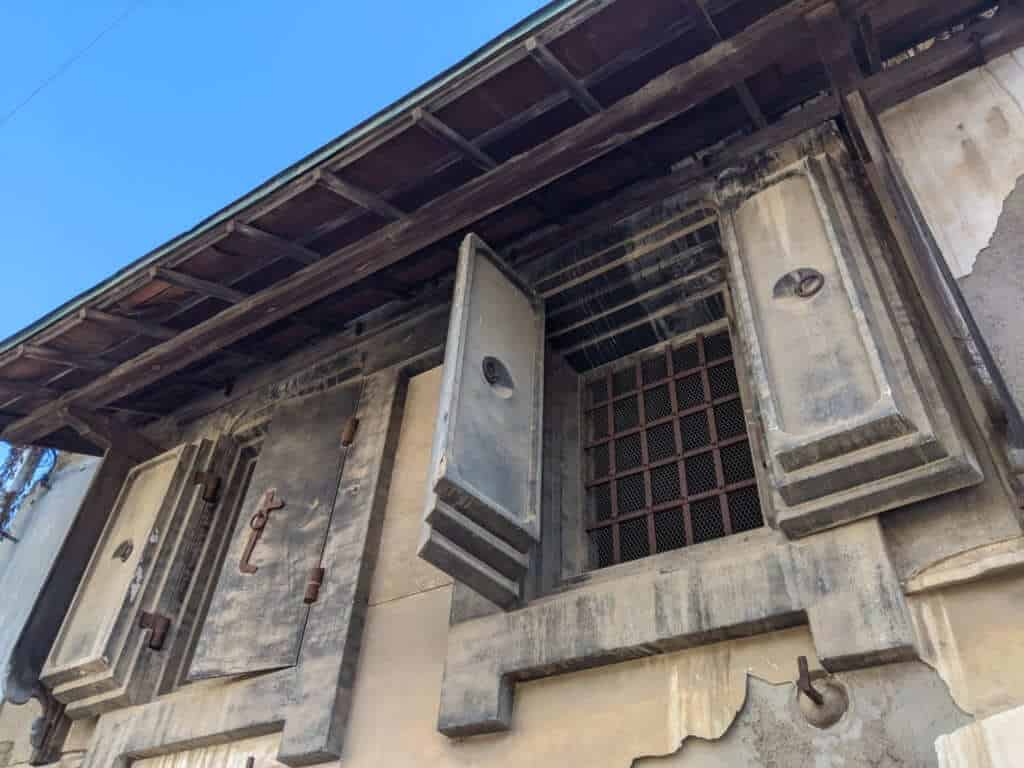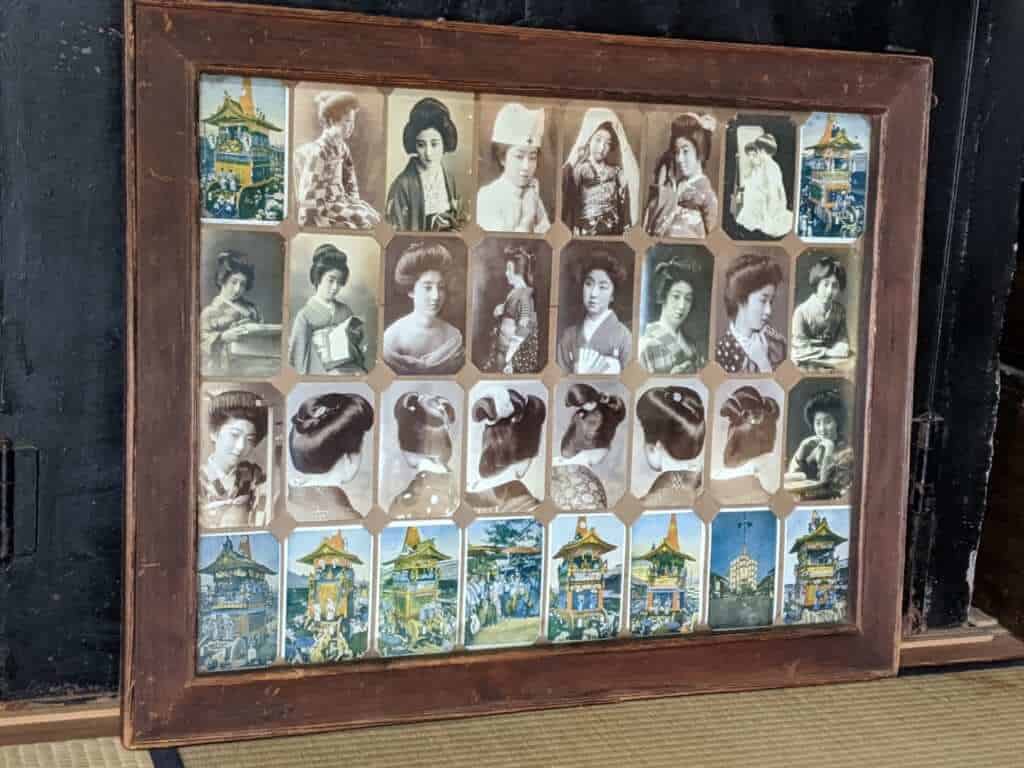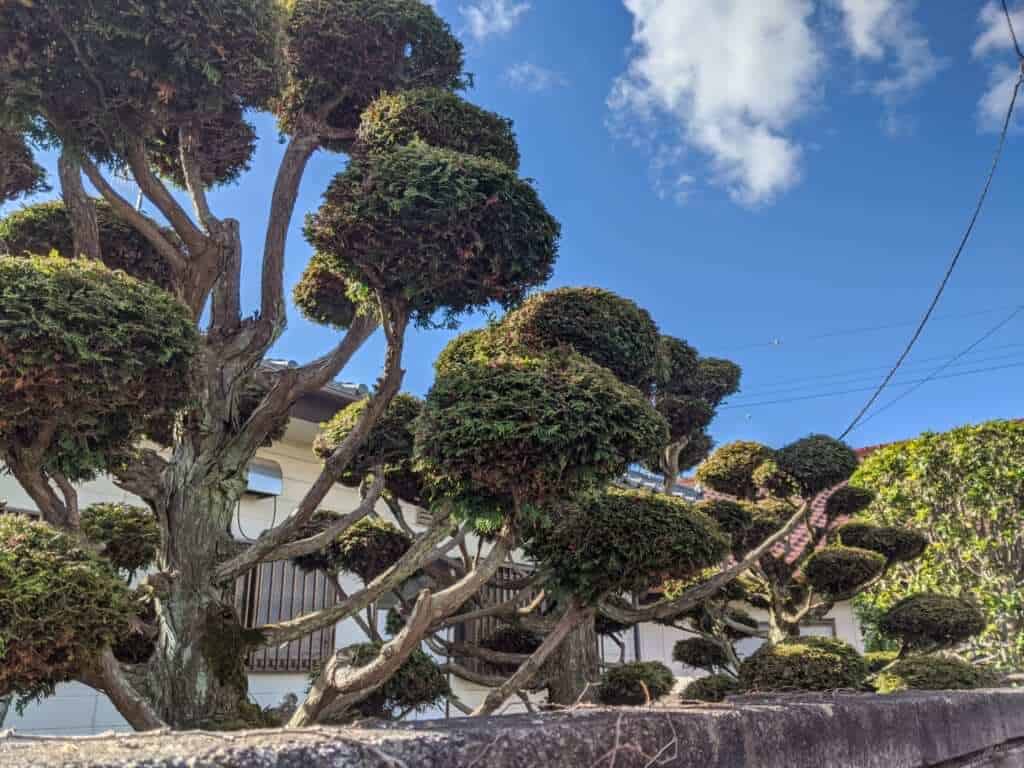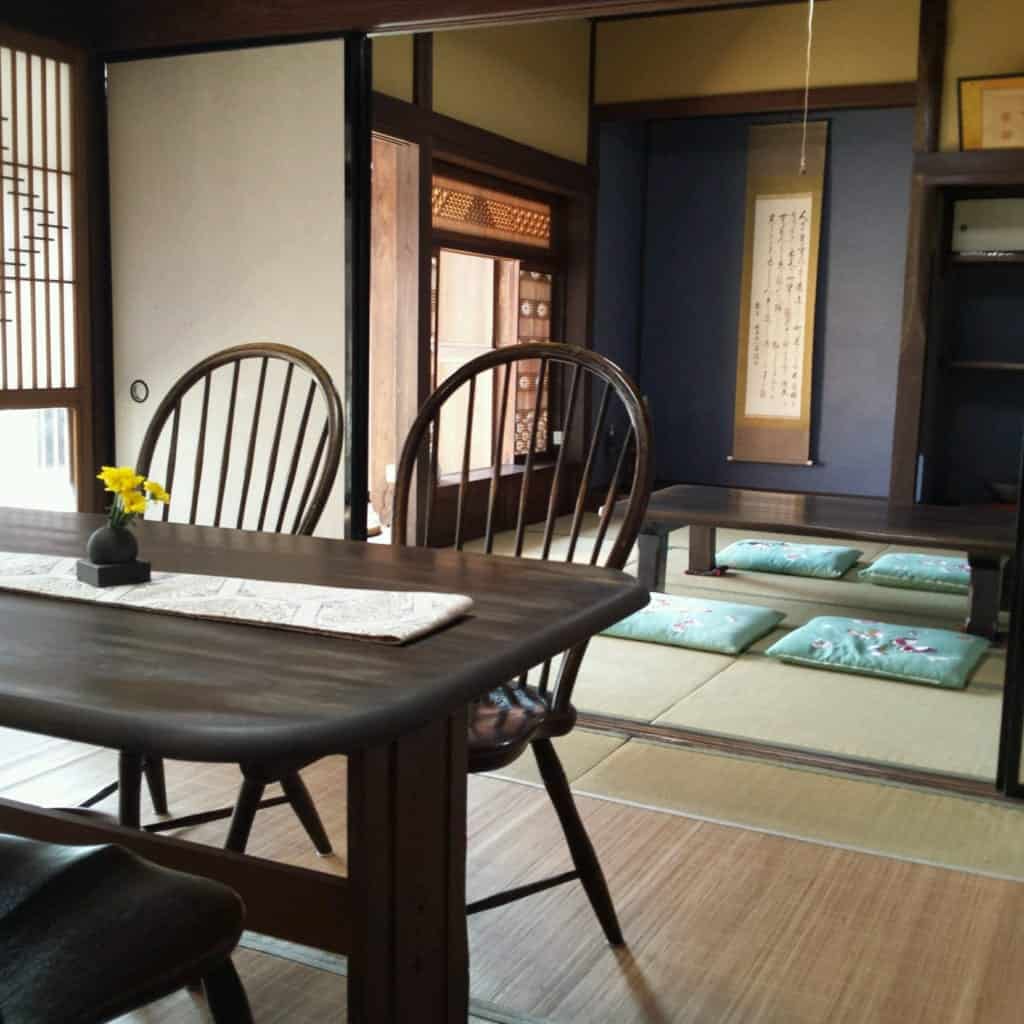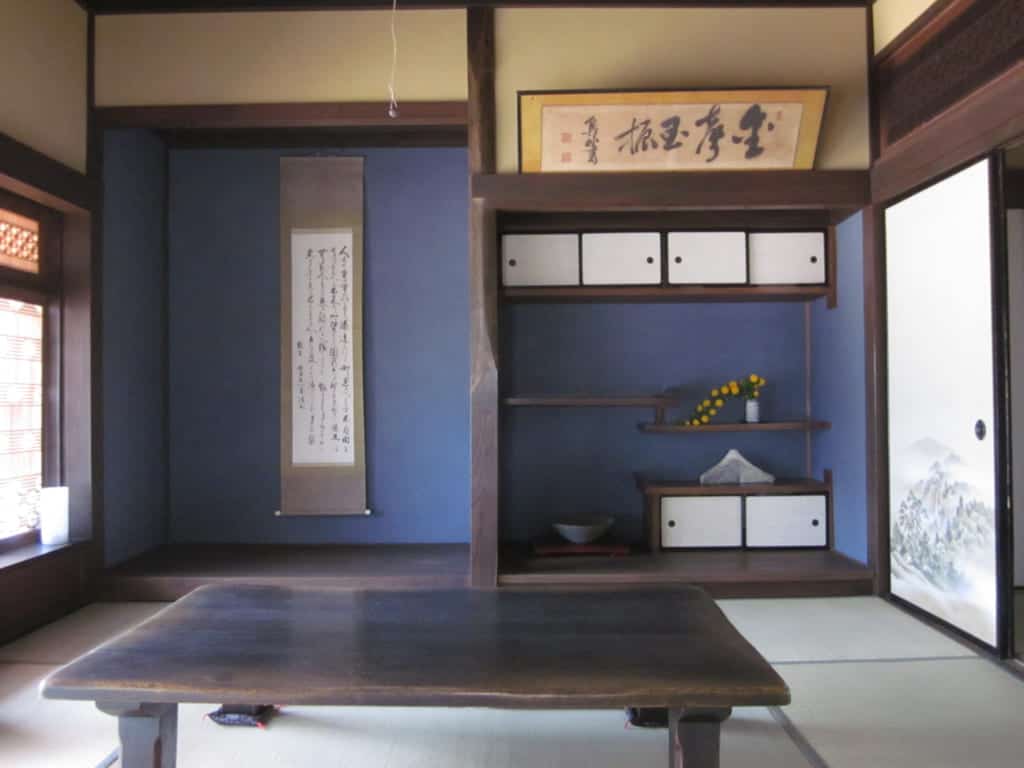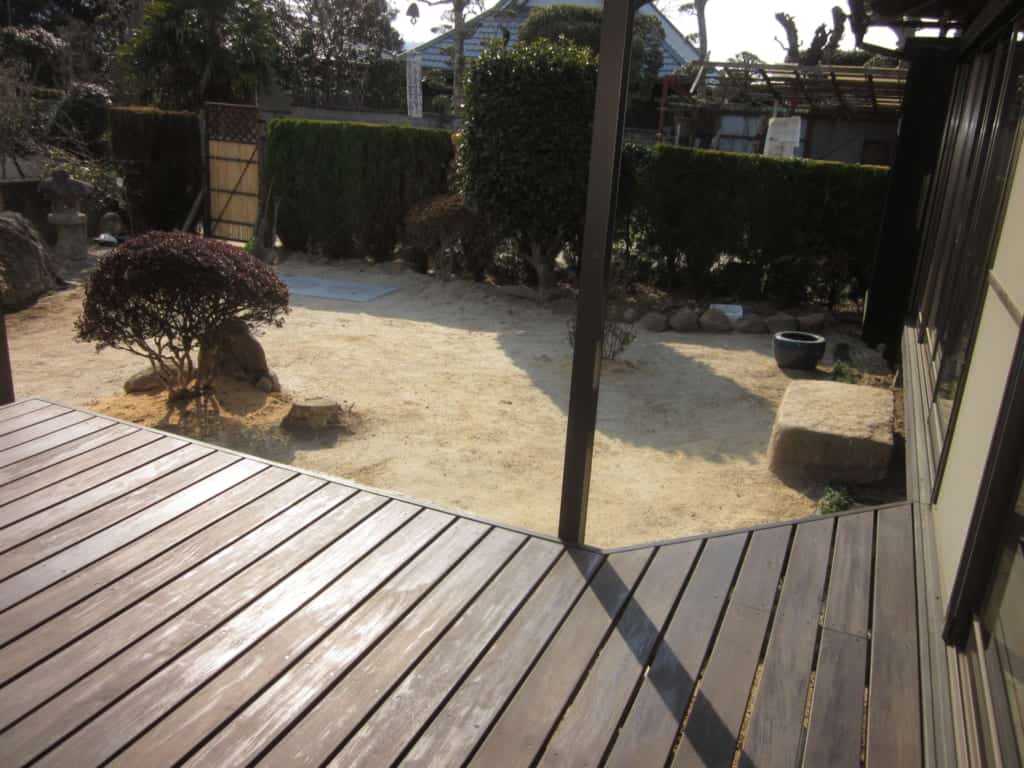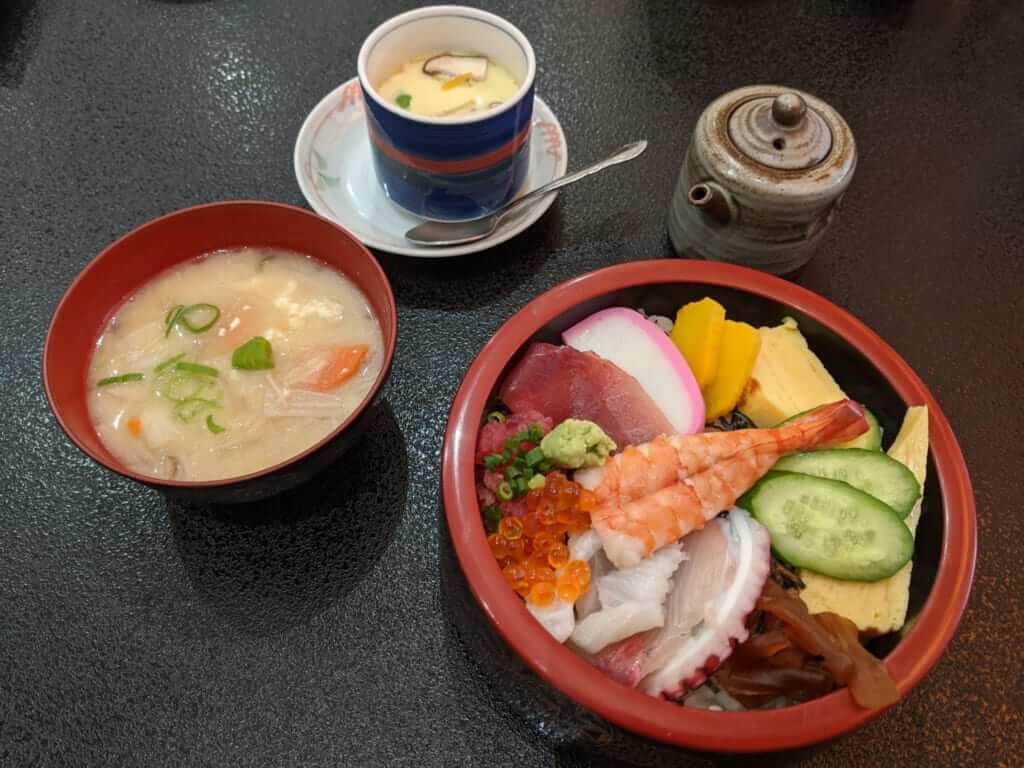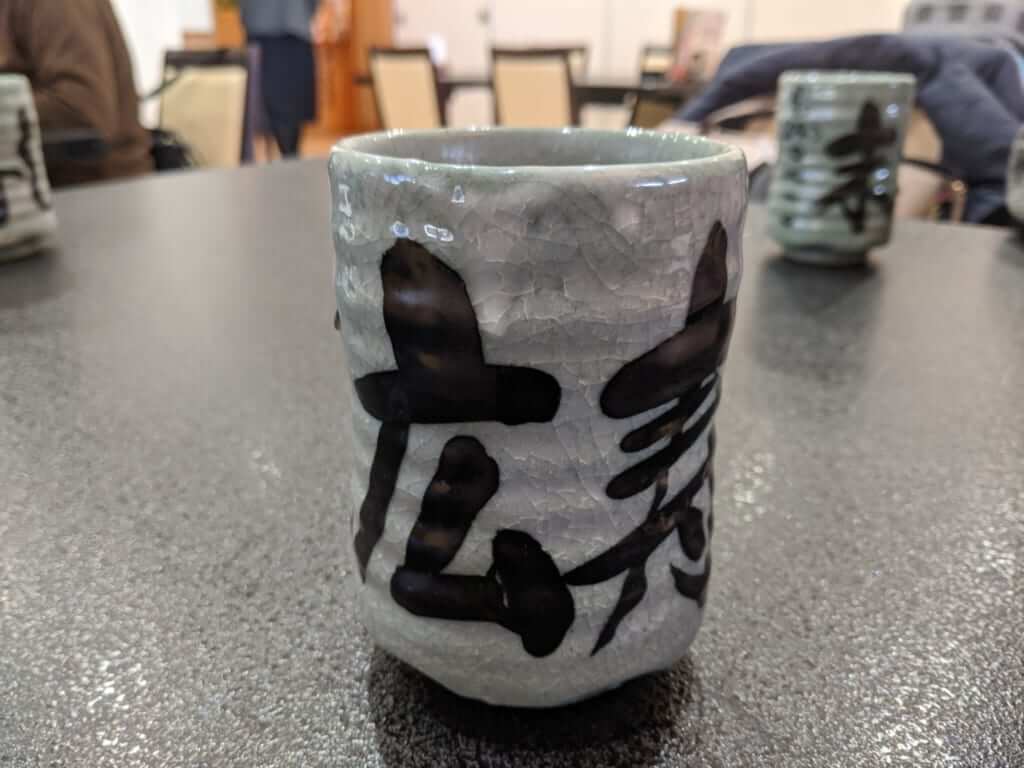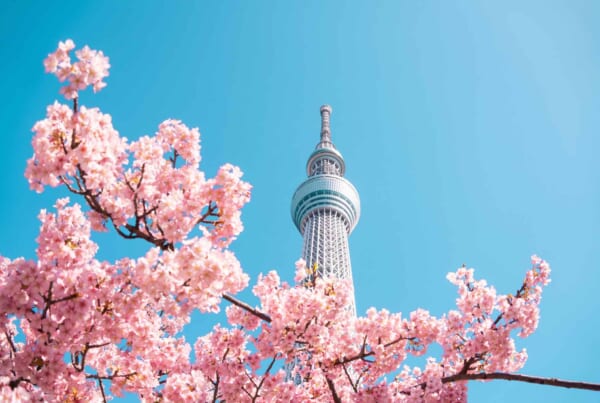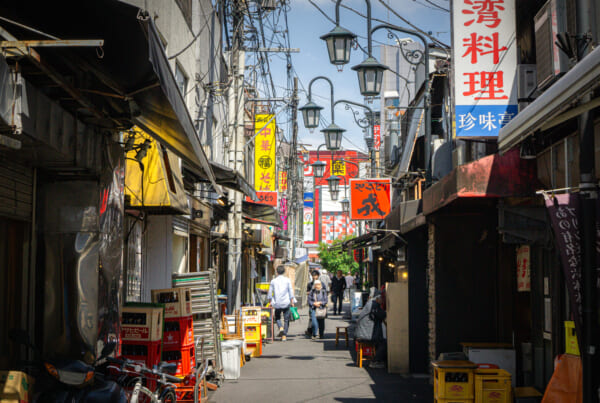Makabe is a quaint and quiet town in Sakuragawa, Ibaraki Prefecture. It is located in a beautiful countryside surrounded by mountains. Accurately described as “little Kyoto” for its richness of tradition and walkable downtown area, Sakuragawa is a day’s trip away from Tokyo and more than packed full of enough historical locations, beauty, and scenery to merit the journey. On this trip, I visited a beautiful shrine that looks untouched by time, a foundry crafting giant brass bells for Buddhist temples, took a stroll around the city’s streets and had a lovely, satisfying lunch.
Strolling through an Idyllic Forest Glen
I started my trip to this town by heading to a small shrine called Gosho Komagataki 五所駒瀧神社 (Facebook Page), and walked through neighborhoods of traditional Japanese houses. I walked along mossy trails, over a rippling canal, through perfectly arranged paths and views so staggeringly beautiful that they looked pulled from a movie set.
The priests have done a spectacular job creating a varied, obviously cherished space complete with multiple gardens, a café-like terrace for eating, homegrown peppers hanging from the lintel, cozy interior rooms with small heaters, and wood carvings of owls and forest spirits crafted from a collaboration with local art colleges.
The caretakers of the shrine insisted on making a space for children use while there, (the shrine is open to public use), and so there is an adjacent park with a home-carved wooden slide, swing, toys, sand area, and open lawns all in sight of the nearby mountains.
I did not at all want to leave this place, and I easily envisioned staying behind to write, read, and simply breathe in an absolutely silent, peaceful place. The fullness and beauty of this one shrine and its grounds in small, rural Sakuragawa more than rival any large, historical site found in a city like Kyoto.
Forging Bells for Buddhist Temples
The next stop on this trip was the Kotabe Foundry 小田部鋳造, a location that has been tended by the same family for 37 generations for over 800 years. Upon entering the clay-floored, semi-open factory-like space, with its incredibly high ceiling and rafters, sets of pulleys and machinery, open pits in the floor, and clay-and-sand molds along one wall, I was certain that I knew next to nothing about how giant bronze bells are forged.
The foundry uses time-honored methods to build their bells, which are individually commissioned by temples and engraved with differing designs and characters. I was given the chance to lift (with a mechanical pulley, of course) a bell, which in the pre-machine past would have required the power of every citizen living nearby. The current owner of the business also handed me a large and heavy wooden pole that I could use to smash into one of the emblems on the side of the bell to make it ring. After ringing it, I actually stepped into the interior of the hoisted bell and listened to the soundwaves expand and contract through different pitches and gradually vanish.
I learned an immense amount of information about the bell-making process, including how different ratios of copper to tin, when combined with different thicknesses of the metal, create different tones and resonances. Each bell takes months to complete, and at present, the foundry receives about three orders per year, although in the past it used to be higher when more new temples were being built.
This was an incredibly impressive place to visit, and I left with a sense of awe not just at the depth of craftsmanship involved in making the foundry’s bells, but at the tenacity of both the process and the maintenance of the entire tradition, generation after generation, century after century.
The Open Sky and Local Shops of Makabe
For my final destination on this trip to Sakuragawa, I stopped at Makabe Street, known for coming alive during Hina-matsuri (Girl’s Festival) in March. At that time of year, locals pull hundreds of small prince and princess dolls from storage, place them on stands covered with bright red fabric, and line the town’s houses and streets with them for festivities.
This area of Ibaraki is perfect year-round for cycling, hiking, or just getting away from Tokyo for a day to enjoy the cleanliness of the air and brightness of the sky. As I walked along the wide, nearly carless streets of Makabe, it was very easy to see how the area was ideal for walking and being outside, mingling among hundreds of others in a big outdoors, ongoing festival. As it was, I visited during the off-season, but still found plenty of enjoyment popping in and out of souvenir shops, decades-old stores owned by proprietors that sold rare memorabilia, and mom-and-pop restaurants that served fantastic and wholesome local food (with generous portions) such as sushi and rice bowls. The layout of the streets and its architecture reminded me of a city like Kyoto, except far less crowded, and far more intimate.
Sakuragawa also has farmstays available for travelers: an alternative to modern hotels where guests are surrounded by Ibaraki’s beautiful natural environment in a quiet, peaceful, home-like environment. Farmstay Iimura (website) is sometimes similar to traditional, Japanese-style hotels (ryokan) and include meals served by hosts and sleeping accommodations in a tatami room for up to 5 people. Farmstays are a fantastic way to learn about Japanese customs and agricultural heritage and get into contact with locals. This kind of experience simply can’t be found in a large-scale city like Kyoto, and makes a trip to Ibaraki special and exceptional.
After visiting Makabe Street I had lunch at a local restaurant, Suehiro Sushi, where I enjoyed chirashizushi, a type of sushi bowl where a variety of fish, seafood, and vegetables are served over rice. It came with miso soup, pickles, green tea, and a small bowl of dessert, and because I was extra hungry I ordered hot udon (a type of chewy Japanese noodle dish) to supplement the meal. I headed out after the meal fully intending to be back later in the year. Whether I visited in spring, summer, autumn, or next winter, I was certain that the trip would be as memorable and restorative as this short excursion.
My trip to Sakuragawa was a reminder of the natural beauty and richness of history that can be tucked away in the smallest of places. I left with a complete portrait of the life of the town taken through miniature snapshots of its land, its heritage, and its traditions. The worth of a place like Sakuragawa is not to be judged by the number of travelers who pass through, but by every detail the environment speaks to those travelers who choose to listen.
How to Get to Sakuragawa
Akihabara station – Tsukuba station(Tsukuba Express): about 45 minutes
Tsukuba center – Tsukubasan Guchi: shuttle bus : about 60 minutes
Tsukubasan Guchi – Shimojuku: Sakuragawa city bus: about 25 minutes
Sponsored by Ibaraki Prefecture


